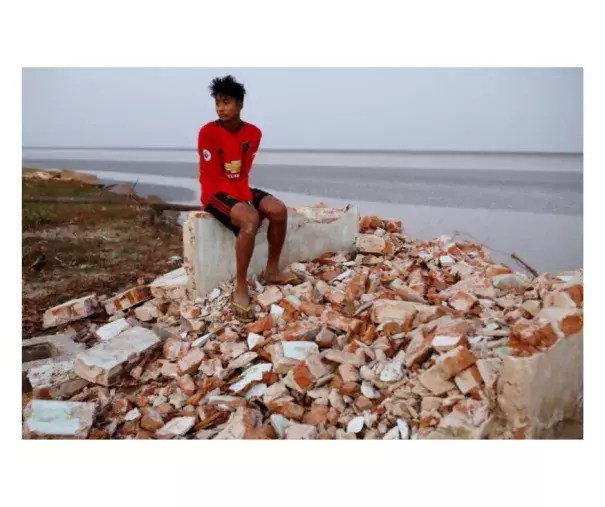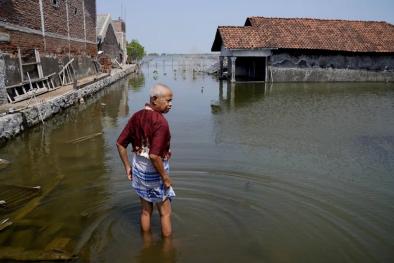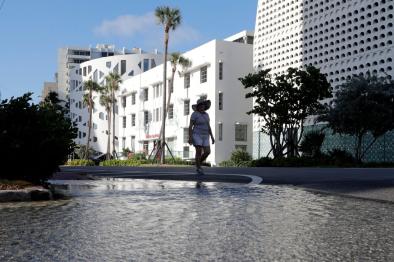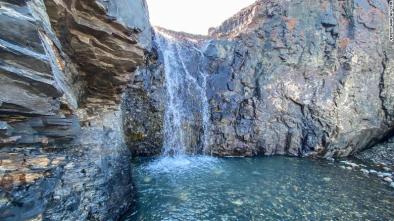Rising sea levels put Myanmar's villages on frontline of climate change

Climate Signals Summary: Climate change is accelerating sea level rise, causing tides to reach farther inland, which can result in serve coastal flooding.
Article excerpt: Three years ago, the villagers watched as the Sittaung River on Myanmar’s southeast coast crept closer to them, swollen by powerful tidal surges from the Gulf of Mottama that eroded its banks.
Eventually, the 1,500 residents of Ta Dar U had to accept the inevitable: move or be washed away.
...
Ta Dar U is among hundreds of villages at the frontline of Myanmar’s climate crisis, where extreme weather patterns and rising sea levels have amplified and accelerated natural erosion.
Environmentalists consider Myanmar to be particularly vulnerable. It was among the top three countries affected by extreme weather between 1998 and 2018 on the Global Climate Risk Index, published by environmental think tank Germanwatch.
Sea levels are projected to rise about 13 cm (5 inches) by 2020, putting at risk about 2.5 million coastal residents, said Myint Thein, a U.S.-based groundwater consultant and member of Myanmar’s natural water resources committee.
“Flooding will be worst during the rainy season and high tide, dragging salty water up into the land,” he said.
...
After their homes fell into the sea, the people of Ta Dar U, mostly rice farmers, scattered across the delta.
Saltwater contaminated their lands and they were forced to take up new occupations, with little success.
Nearly 200 students now travel hours every day to attend school after their own, which once stood near the town center, was reduced to a crumbling pile of rubble on the riverbank.
“If the erosion continues at this rate, the future of the students will fade as well,” said Myo Min Thein, the sole teacher at a makeshift school, who said he is struggling to teach the 26 students, ages 4 to 14, by himself.
Related Content






